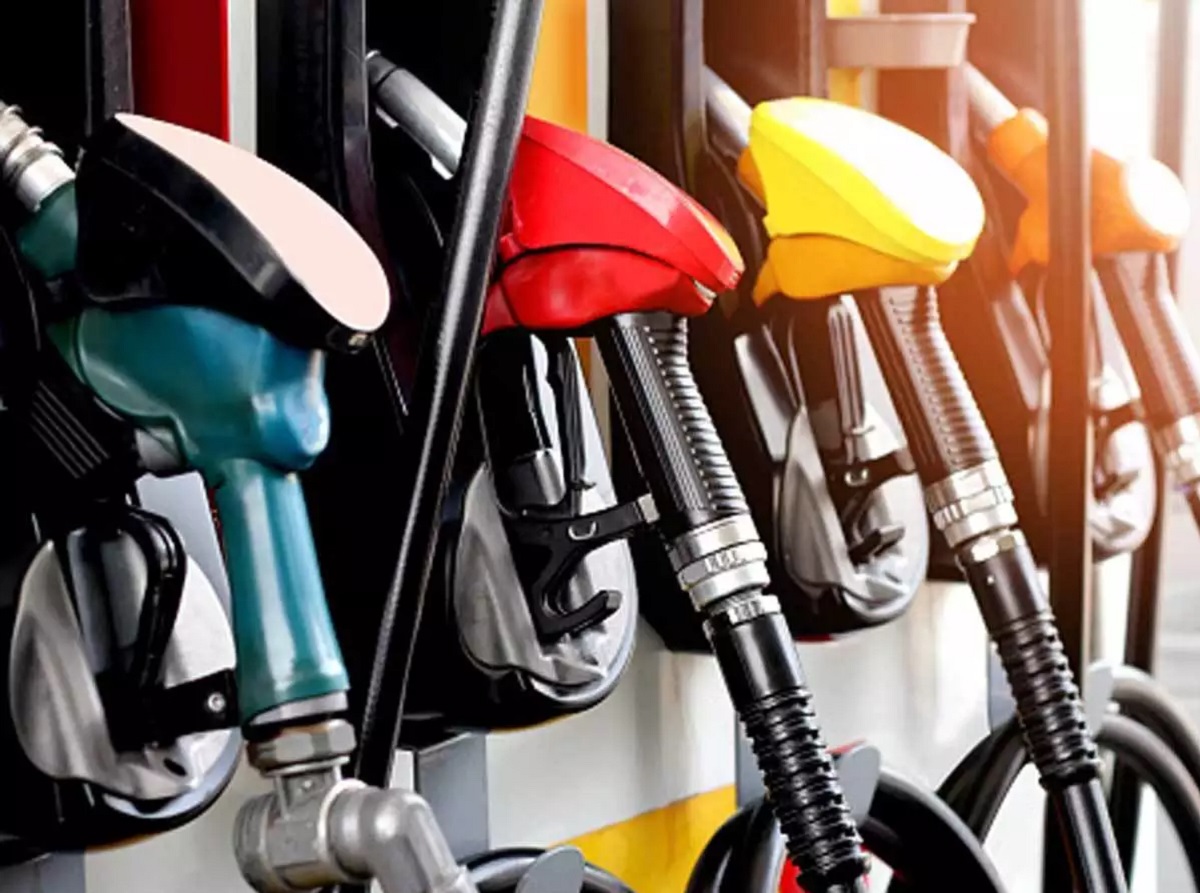Motorists will once again have to dig deeper into their pockets to pay for fuel after the Energy and Petroleum Regulatory Authority (EPRA) revised the prices of fuel upwards in its latest review expected to cover the period between September 15 and October 14.
This will strain Kenyans further who are already struggling with higher prices of housing, water, and electricity according to inflation statistics for August posted by the Kenya National Bureau of Statistics (KNBS).
EPRA’s latest review means that the price of Super Petrol will increase by Ksh1.48 per litre in Nairobi while Diesel and Kerosene prices in the capital will decrease by Ksh0.12 per litre and Ksh0.50 respectively.
According to Acting EPRA Director-General Mueni Mutunga, the higher prices are as a result of higher fuel landing costs.
The landing cost of super petrol increased by 2.65% to USD327.69 from USD319.23 in July while those of diesel ticked down to USD329.88 down from 333.27.
On the other hand, the landing costs for fuel decreased to USD282.09 from USD 288.01 representing a 2.06% decrease.
The regulator cited the increase in the price of murban crude oil for the fuel price upticks after the component was posted at USD47.54 per barrel, an increase of 3.30% from USD44.28 per barrel in July 2020.
One curious aspect of the latest price corrections is that fuel will be cheaper in Nakuru than in Nairobi despite the transportation costs involved.
The review lists the new prices of fuel in Nairobi as Super Petrol (Ksh105.43), Diesel (Ksh94.51) and Kerosene (Ksh83.15) while Nakuru is listed as Super Petrol (Ksh105.15), Diesel (Ksh94.45) and Kerosene (Ksh83.11).
Taxes and levies also account for more than half the price of each fuel type. For instance, while the average price of Super Petrol per litre is Ksh105.43, taxes and levies account for Ksh54.26.
The situation is the same in the prices of Diesel where Ksh43.38 per every litre is gobbled up by taxes and levies.













Leave a comment